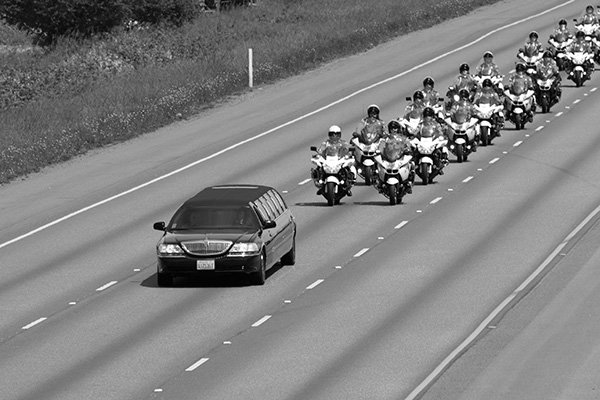The President of Mexico, Enrique Pena Nieto, is in town this week for an official State Visit. While in London he will stay at Buckingham Palace, attend a grand banquet held in his honour, and deliver an address to both Houses of Parliament. Pena Nieto is the first of two world leaders traditionally hosted each year by the Queen – this year’s second is rumoured to be President Xi Jinping of China.
The President’s visit follows a long tradition of overseas trips by heads of state. Even in today’s world of instant communication and 24/7 global media, a foreign visit remains the best way to demonstrate friendship and cement ties between two leaders. Even in a digital world, nothing beats a face-to-face handshake.
Yet despite the military precision with which diplomatic visits are choreographed, anything and everything can happen. We’ve handpicked our top three successful state visits – as well as three less-than-successful trips which tend to be remembered for all the wrong reasons. Together they highlight the need not just to get the planning and protocol right, but to be prepared for any and everything.
Top 3 diplomatic visits
1. Nixon goes to China, 1972
Ever the modest politician, Nixon called his ground-breaking visit to Beijing “the week that changed the world”. Setting aside the long term geo-political impact of his visit – the first by a US President since the PRC was established – it captured newspaper headlines around the world. Yet it was Nixon’s canny insistence that television media be favoured over print that ensured images of the visit stayed long in the memory. “Nixon going to China” has since passed into political phraseology as a metaphor for an unexpected or uncharacteristic action.
Air Force One lands in Beijing, 21 February 1972
2. Anwar Sadat visits Israel, 1977
Since Israel’s creation in 1948, the notion that an Arab leader might set foot in the country – let alone shake the hand of an Israeli leader – had been inconceivable. So when Egyptian President Anwar Sadat touched down in Tel Aviv in 1977 and warmly greeted Israeli Prime Minister Menachim Begin, it stunned the world. The visit led to peace between Egypt and Israel in 1979
3. Gorbachev in Britain, 1984
Mikhail Gorbachev might not have been the USSR’s General Secretary in 1984, but he was widely tipped to be the next leader. Gorbachev’s eight day visit to the UK was the longest of any statesman from behind the Iron Curtain. His private talks with Margaret Thatcher, which ended up lasting five hours, famously led the Iron Lady to declare “I like Mr Gorbachev, we can do business together”.
Worst 3 diplomatic visits
1. Bush Sr visits Japan, 1992
President Bush’s 12-day trade-oriented tour through Asia is remembered for one unfortunate incident only. The President was attending a banquet at the home of the Japanese Prime Minister when a stomach bug got the better of him. Footage of Prime Minister Miyazawa holding a napkin in front of President Bush’s face as the President vomited heartily into his lap was broadcast around the world.
A napkin saves the President’s dignity in Japan
2. Gerhard Schröder in Israel, 2000
As is de rigueur for all foreign leaders visiting Israel, German Chancellor Gerhard Schröder went to pay his respects at the Yad Vashem Holocaust Memorial during an otherwise unremarkable visit. Unfortunately, as the Chancellor went to turn up the eternal flame which honours victims of the Holocaust, he accidentally extinguished it. Israeli Prime Minister Ehud Barak did his best to ignore the incident, unlike most of the Israeli media.
3. Mitt Romney’s European tour, 2012
Presidential hopeful Mitt Romney managed to pack more gaffes into a fortnight in Europe than many politicians fit into their entire careers. After greeting London with the suggestion that it was poorly prepared to host the Olympics later that year, Romney was accused of racism in Palestine and attacked by union leaders in Poland. His spokespeople attempted to deny each gaffe in turn, to no avail. The trip served to undermine the image of Mitt as an unflappable executive and viable diplomat-in-chief.



